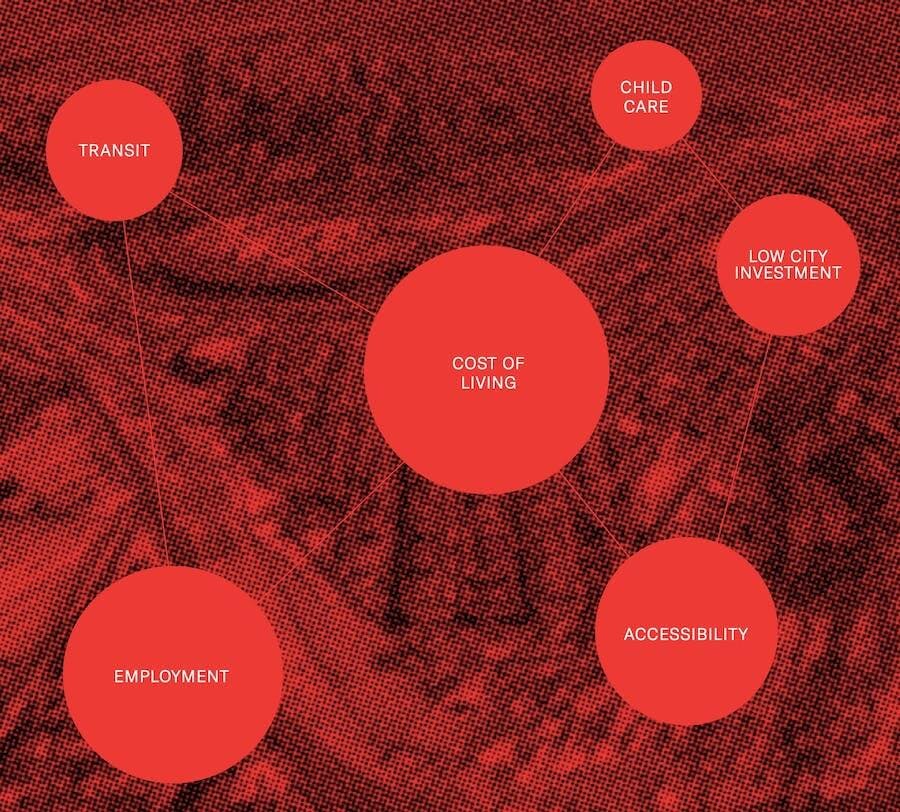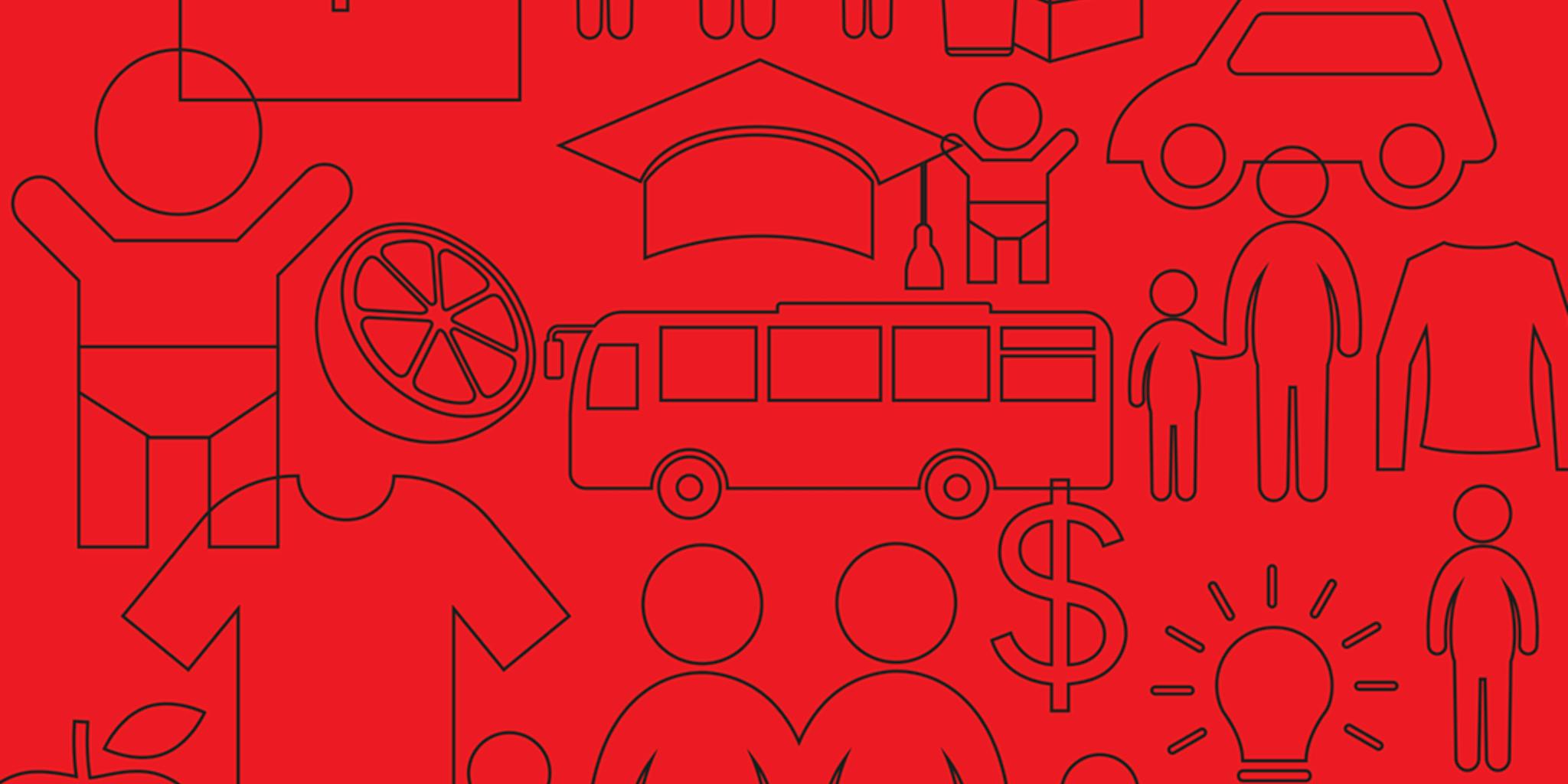2020 has been a tough year. While the data is not all in, this year has brought inequities to the surface, in our own city and worldwide.
Among those harder hit include Calgarians who were experiencing poverty before COVID-19 began. Parents, especially mothers, are struggling to balance work and childcare, and many are leaving employment altogether. Racialized groups and people with lower incomes are less likely to be able to work from home and much more likely to contract COVID-19. Unpaid sick leave was always an issue of poverty, but today it is a matter of public health.
The intersection of COVID-19, the recession, and increasing food prices has made the vulnerable more vulnerable. We don’t have all the information yet, but need to be prepared to support Calgarians facing unprecedented challenges. As such, we’ll share the most recent data we have on poverty in Calgary and what we know about this radical new context.
A city without poverty benefits us all - it eases strain on the healthcare system and boosts economic recovery. It makes every neighbourhood healthier and more connected. We know what brings people out of poverty, but our current social assistance programs knowingly keep people well below the poverty line. We need to change direction. So let’s take a look at where we’re at and talk about paths towards Enough for All.










